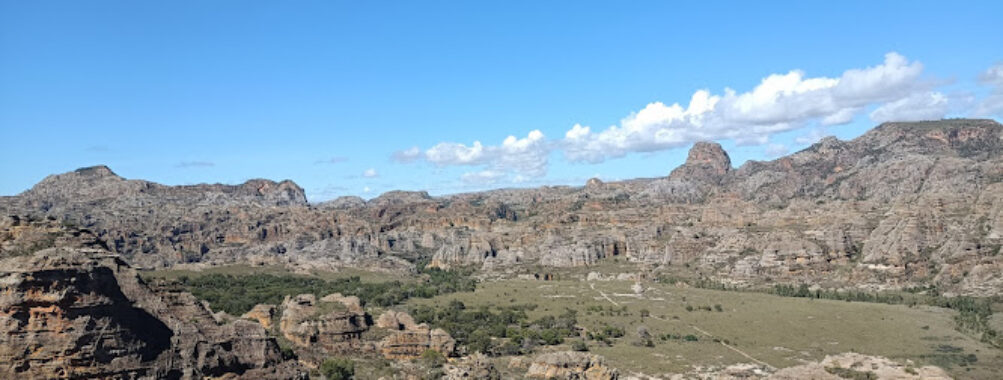
Sakamalio
Table of Contents
Description
Sakamalio is one of those places that doesn’t just sit in your memory – it lingers, like the taste of a really good cup of coffee you didn’t expect to enjoy so much. It’s not the kind of destination plastered across glossy travel magazines, which is probably why it still feels authentic. The air there carries a mix of earthy scents and faint sea salt, depending on where you’re standing, and the pace is just slow enough to make you forget you even own a watch. Sure, it’s not perfect – a few spots could use a touch of upkeep – but that’s part of the charm. You get the sense that Sakamalio belongs to the people who live there, not to the tourists passing through. And honestly, that makes exploring it feel more like being invited into someone’s home than visiting a tourist attraction.
Key Features
- Distinctive local architecture that blends traditional craftsmanship with subtle modern touches
- Small, family-run eateries serving recipes passed down for generations
- Quiet walking paths with unexpected panoramic views
- Seasonal markets offering handmade goods and fresh local produce
- Hidden spots where locals gather to play music or share stories
- Natural surroundings that shift dramatically with the time of day
Best Time to Visit
If you ask ten locals when to visit Sakamalio, you’ll probably get ten different answers – and they’re all right in their own way. Personally, I think late spring is magic here. The weather is warm enough for long outdoor days without the heavy heat that sometimes rolls in later. Flowers are in full bloom, and the air feels cleaner somehow. Early autumn is another sweet spot – fewer visitors, golden light for photography, and that slight crispness in the air that makes you want to wrap your hands around a hot drink. Summer can be lively, but it’s also busier and pricier. Winter, while quieter, has its own appeal if you’re into solitude and seeing the landscape stripped down to its essentials.
How to Get There
Reaching Sakamalio isn’t complicated, but it’s not exactly a “step off the plane and you’re there” situation either. Most travelers start by flying into the nearest major city, then taking a regional bus or hiring a car. The drive in is part of the experience – winding roads, glimpses of the coast or countryside, and the occasional roadside stand selling snacks you’ve never heard of. If you’re the type who likes control over your schedule, renting a car is the way to go. Public transport works fine, but it can be a bit unpredictable, especially if you’re traveling outside peak months. And yes, there are taxis, but they can be pricey for longer distances.
Tips for Visiting
First thing – wear comfortable shoes. You’ll walk more than you think, and some of the paths aren’t exactly smooth pavement. Bring a small bag for carrying water and snacks because you might wander farther than planned. If you’re planning to eat at the more popular local spots, try to go early; seating can be limited and locals tend to fill them up fast. Don’t be shy about chatting with shop owners or market vendors – they often know about little events or hidden places you won’t find on any map. And if you’re into photography, keep your camera handy at all times. Light changes fast here, and some of the best shots happen when you’re not looking for them. Lastly, give yourself time. Sakamalio isn’t a place you rush through; it’s a place you let unfold at its own pace.
Location
Places to Stay Near Sakamalio
Find and Book a Tour
Explore More Travel Guides
No reviews found! Be the first to review!